“Wanna Be Islands”
by: Larry Asam
The crystal-clear waters of early spring provide an excellent opportunity to view some “Wanna Be Islands” (shoals) in the St. Lawrence River. All summer, many of us pass over or near some shallow areas. It can be startling to see what is just under the surface. As the temperatures warm, the River bottom becomes less noticeable due to the aquatic vegetation, plankton, and particles stirred up by boat traffic.
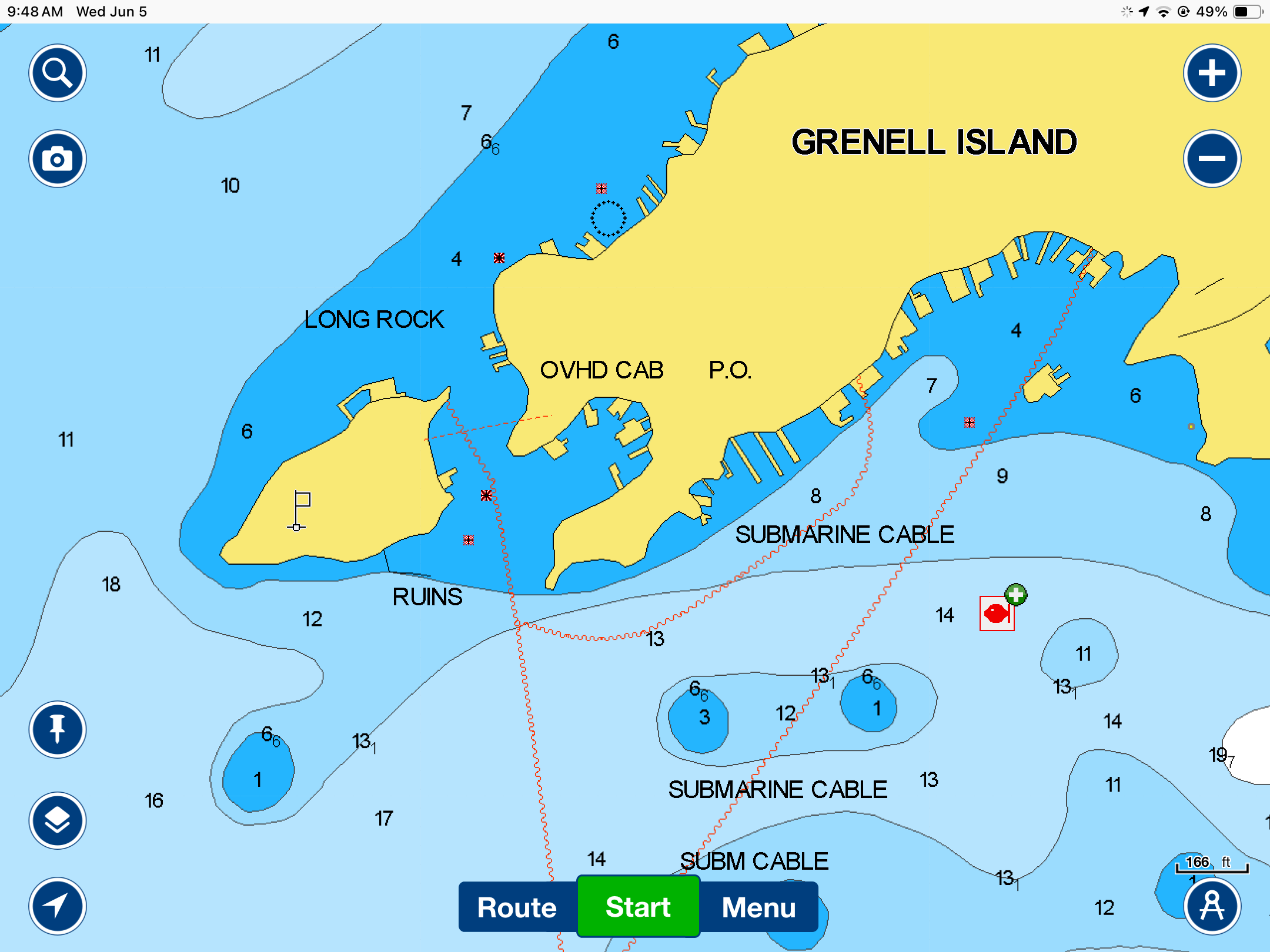
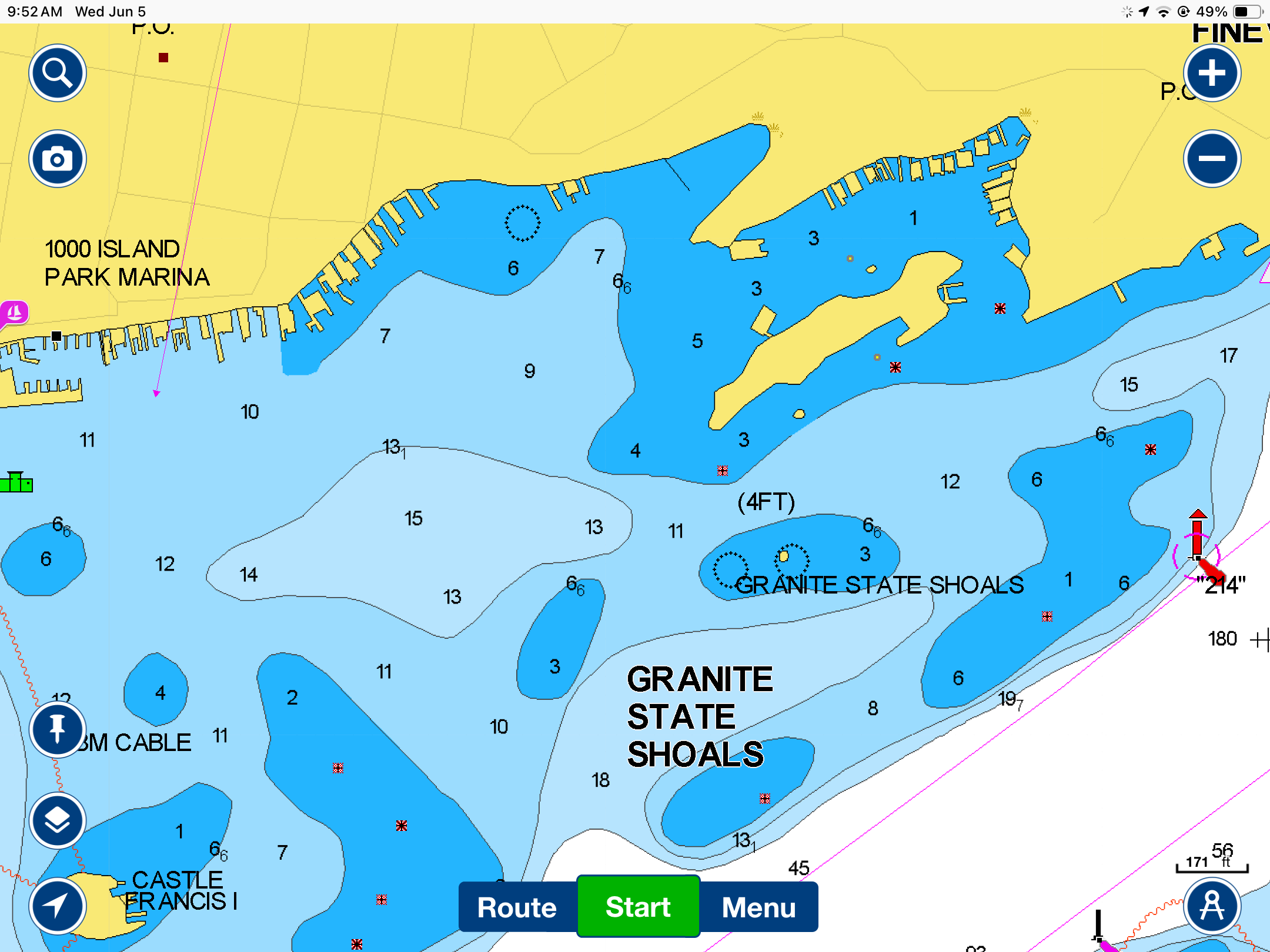


These “Wanna Be Islands” have nearly succeeded in becoming islands.
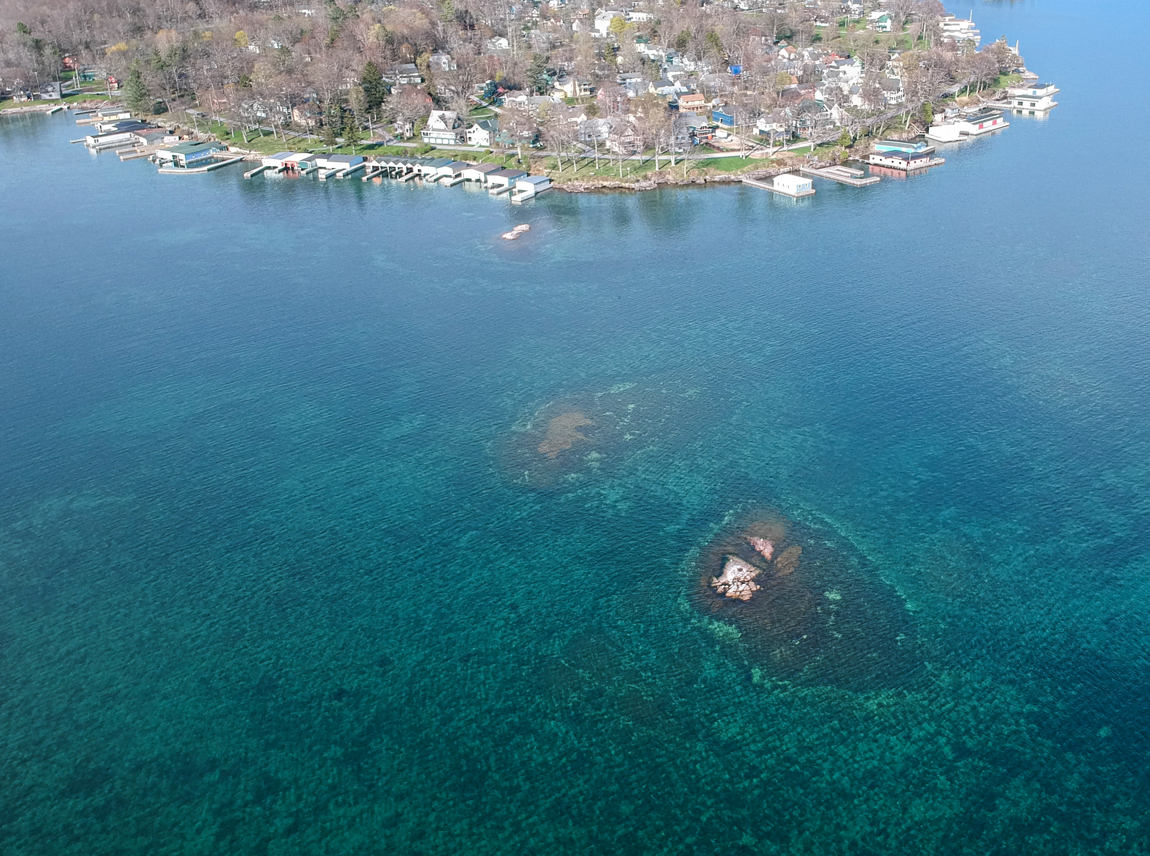
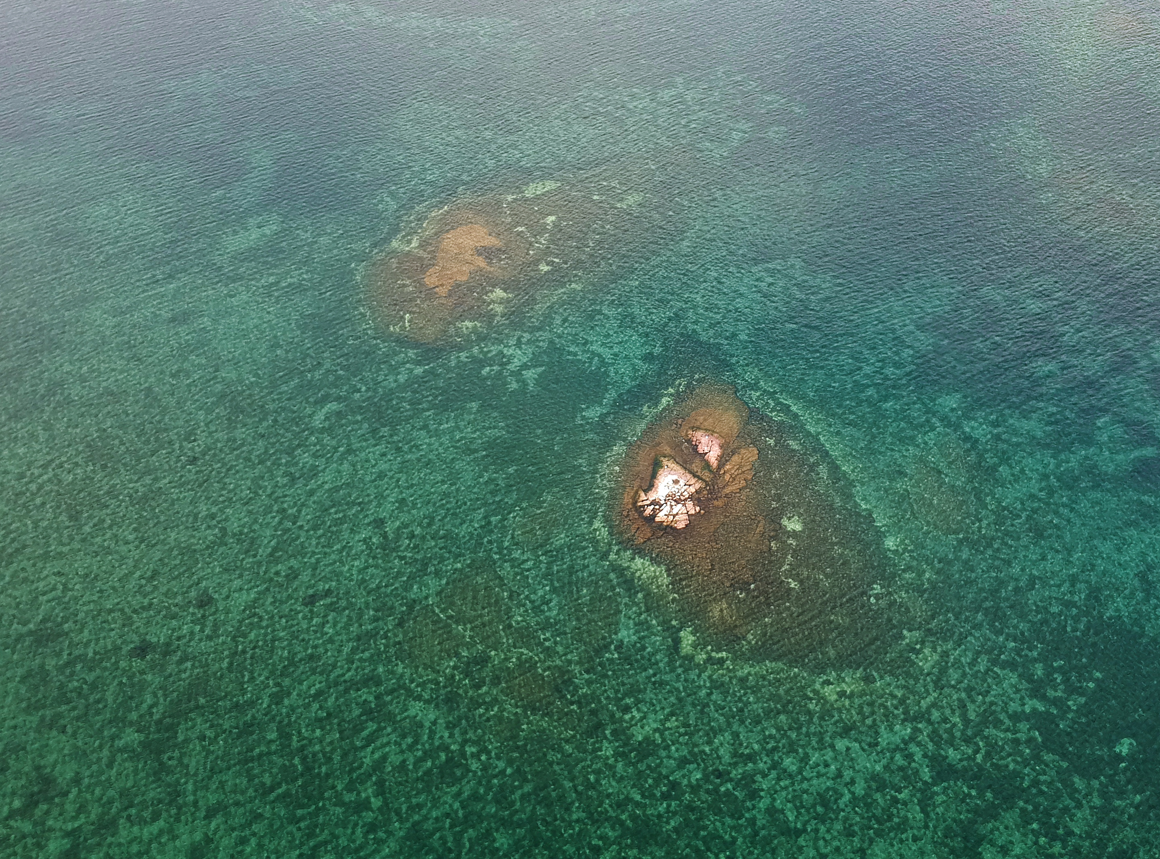


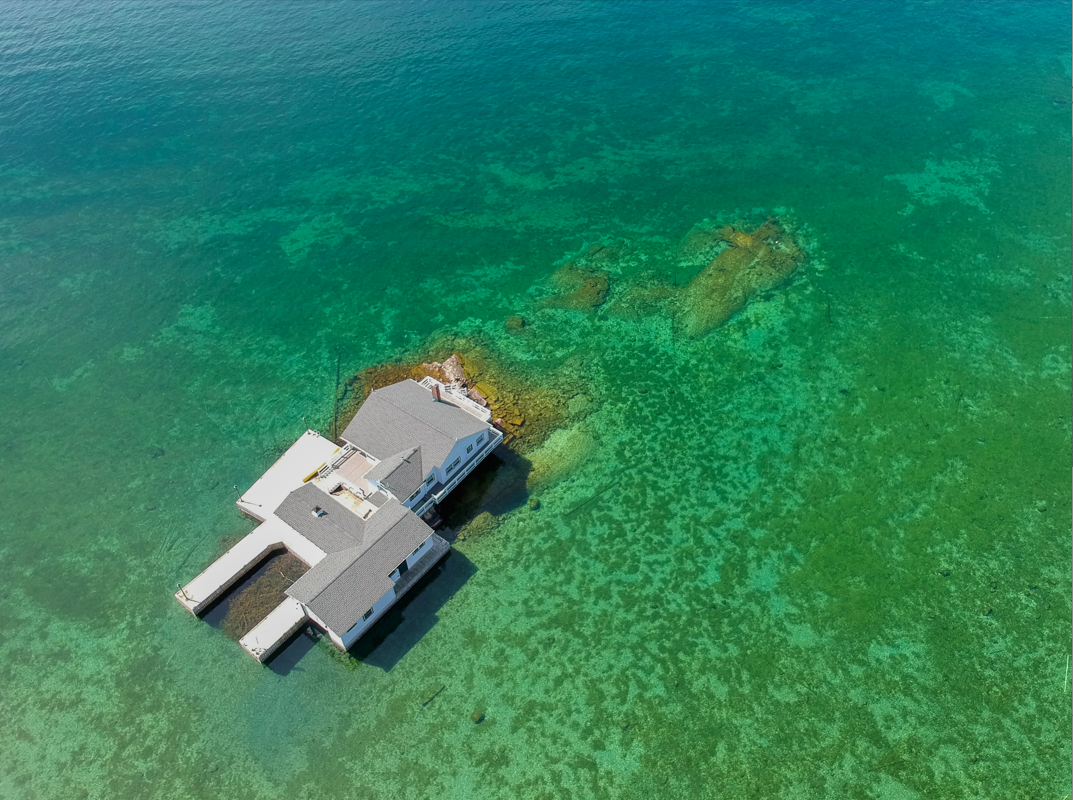
In the late 1800’s the Grenell’s built a tavern with some guest rooms on the southeastern point of Grenell Island. Later the Pullman House was built -- a beautiful hotel with 50 rooms. It burnt down in 1904 after operating for 14 years. Only the bunkhouse in the foreground remains. According to Lynn McElfresh, author and our Grenell Island historian, "a bridge was first built around the mid to late 1870s. At one time, Pullman was attached to Grenell. Sam and Lucy Grenell's son Myron dug a narrow channel to keep the cows off their point. Winter storms had washed away the sandy soil necessitating a bridge. The bridge was rebuilt several times due to the storms. After the hotel burned down, there was no need to rebuild."
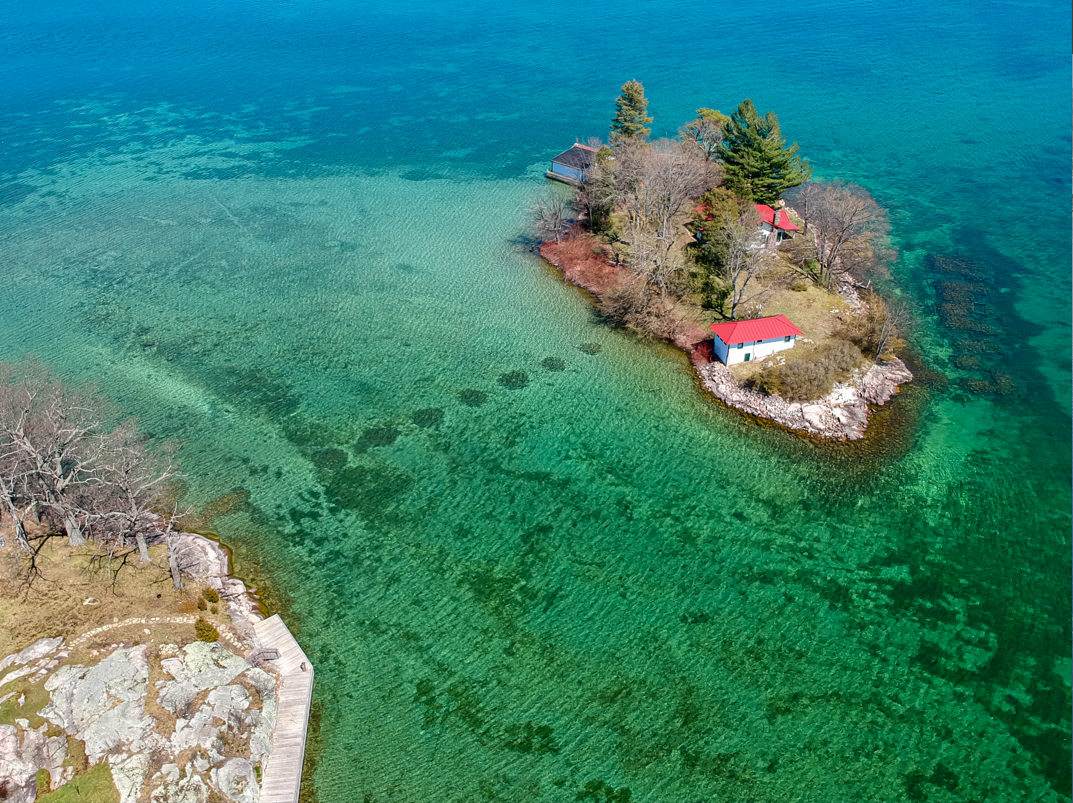
In this image, the old bridge pilings connecting Pullman to Grenell are clearly visible. To the right on the channel side of the island, are the remnants of cribs. These cribs supported the dock where Pullman House guests stepped off the steamboats that brought them to their summer retreat.
Water Quality
The water quality in the Great Lakes and the St. Lawrence River has improved greatly over the past 50 years, much of this improvement can be attributed to several Canadian Clean Water Initiatives and the American Clean Water Act.
In a conversation with John Peach, the Executive Director of Save The River, he recounted how when he was young, most of these shoals were not very visible. Then came the zebra mussels. They hitched a ride on the ocean-going ships coming up the Seaway. For better or worse, they have had a huge impact on the water's clarity. Zebra mussels consumed vast amounts of plankton, making the water very clear, but John cautioned that "clear water does not mean it is not polluted". In recent years, concentrations of several dangerous chemicals have been on the rise. The efforts of Save the River and other environmental organizations continue the never-ending work of improving our water quality for future generations.
Final note: It helps to have an assistant and a second set of eyes to watch the drone.
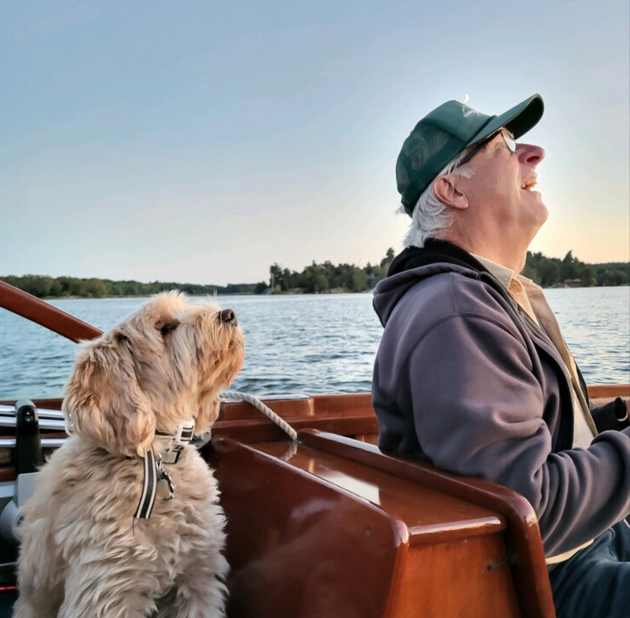
By Larry Asam
Larry Asam spent winters in Stowe, VT, and then several years in Snowbird, UT, in his first career as a ski instructor. Then, in the 1990s he started taking photographs at weddings. Soon couples from around New England discovered his ability to catch the excitement and beauty of their wedding in photographs. By 1997, wedding photography became his full-time occupation, and this continued for almost 15 years. One look at his website www.RiverGloss.com and you’ll see how he is able to capture memories that last a lifetime. For the last ten years, Larry and his wife Kym have been part of the Grenell Island community. Be sure to see Larry's other TI Life articles here.




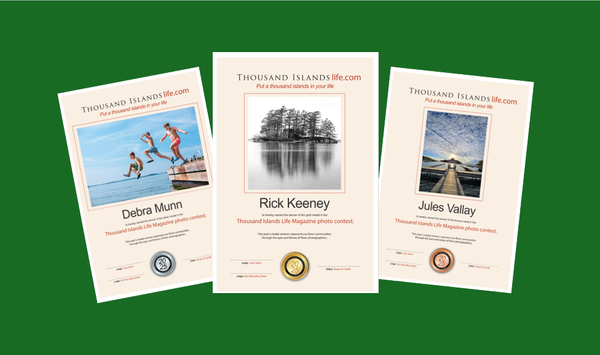
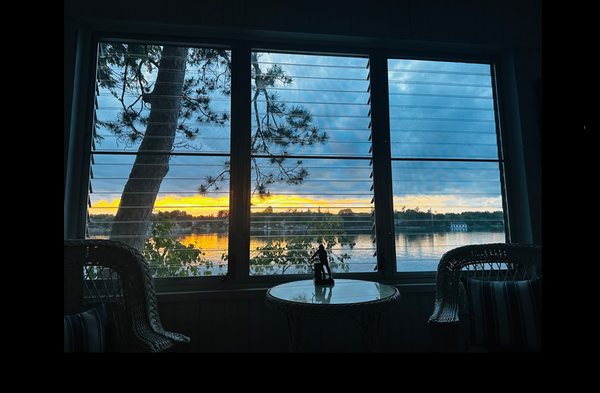
Please click here if you are unable to post your comment.